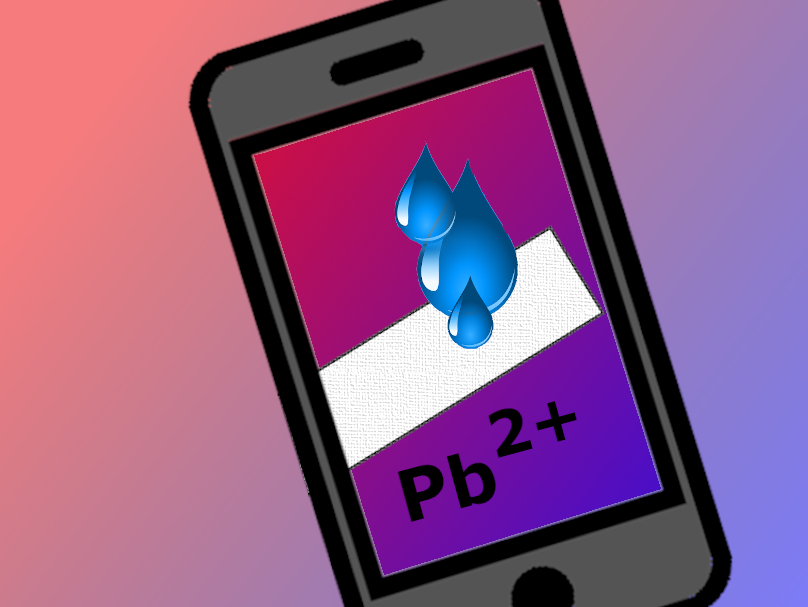Lead is toxic and can be dangerous to human health. It can be found in air, water, or food, due to its use in industrial processes. Efficient analytical methods for the detection of lead are therefore of interest.
Changlong Jiang, Chinese Academy of Sciences, Hefei, and Shaoming Yu, Hefei University of Technology, China, and colleagues have developed a paper-based method for detecting lead ions (Pb2+). They prepared a fluorescence probe made of red and blue carbon dots (CDs). Lead ions quench the blue dots because complexes with carboxyl groups on the surface of the blue CDs are formed, while the red ones are inert and can be kept as reference. Upon addition of lead ions, the color of the probe changes from blue to red. The fluorescence probe solution was printed like ink on filter paper strips that served as test papers. Aqueous solutions of Pb2+ ions were dropped onto the test papers. To monitor the color change, the team used a smartphone with an RGB color recognition app.
According to the researchers, the method allows a semiquantitative detection of lead ions in water samples with a detection limit of 2.89 nM. Their approach could be applied to the analysis of environmental samples and save costs and time for the detection of lead ions.
- Semiquantitative Visual Detection of Lead Ions with a Smartphone via a Colorimetric Paper-Based Analytical Device,
Haiqian Wang, Liang Yang, Suyun Chu, Bianhua Liu, Qikai Zhang, Lanmei Zou, Shaoming Yu, Changlong Jiang,
Anal. Chem. 2019.
https://doi.org/10.1021/acs.analchem.9b02297




